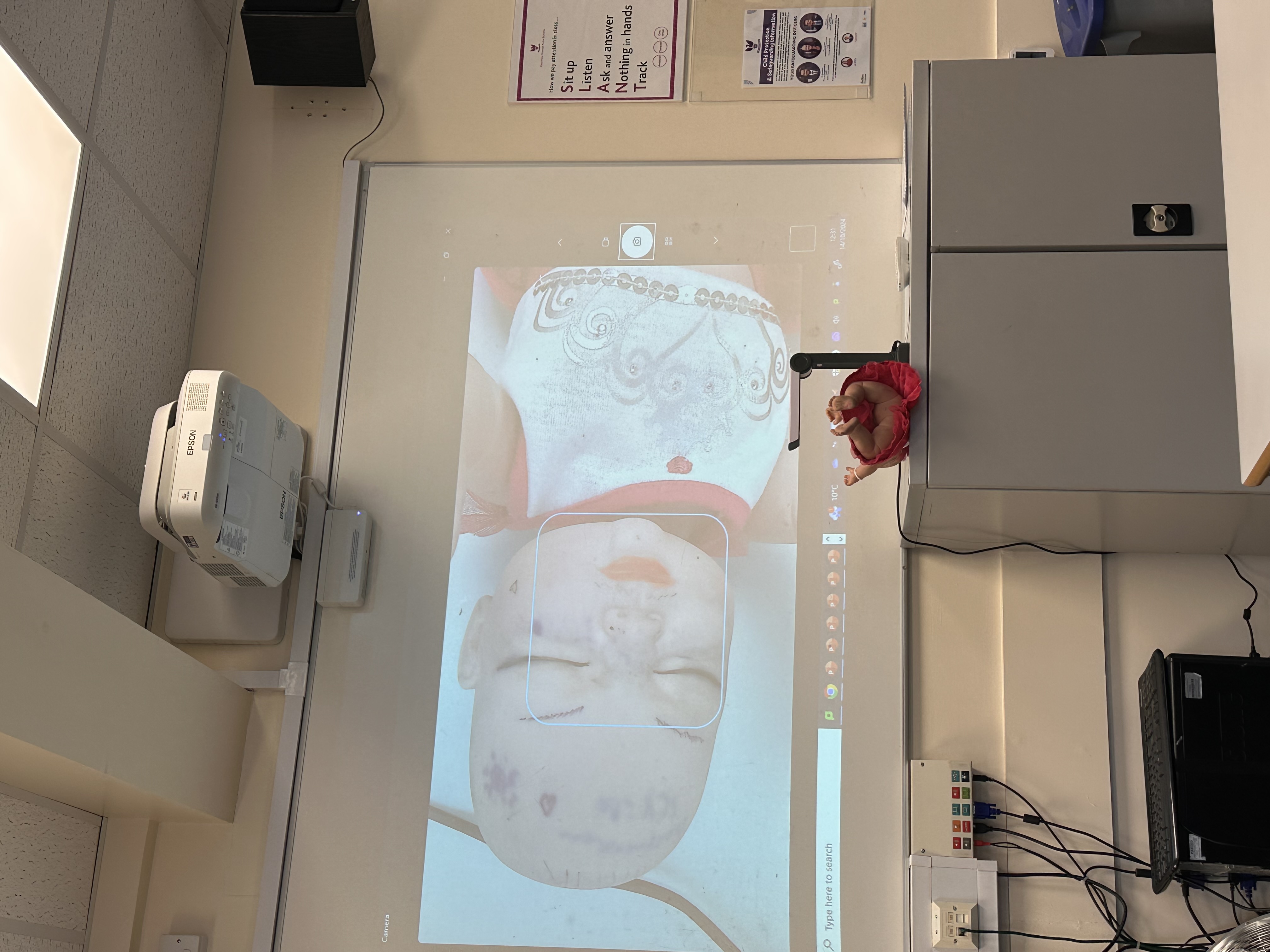Classification of Schizophrenia
Cards (14)
- Positive symptoms
- Negative symptoms
- What is meant by hallucinations
- visual hallucinations
- Auditory hallucinations
- what is meant by delusions
- Paranoid delusions
- delusions of control
- Explain what is meant by speech poverty
- Explain what is meant by avolition
- Explain what is meant by classification of schizophrenia and it's purpose.
- Explain how schizophrenia is classified
- How does the DSM-5 and ICD10 differ slightly in how they describe schizo
